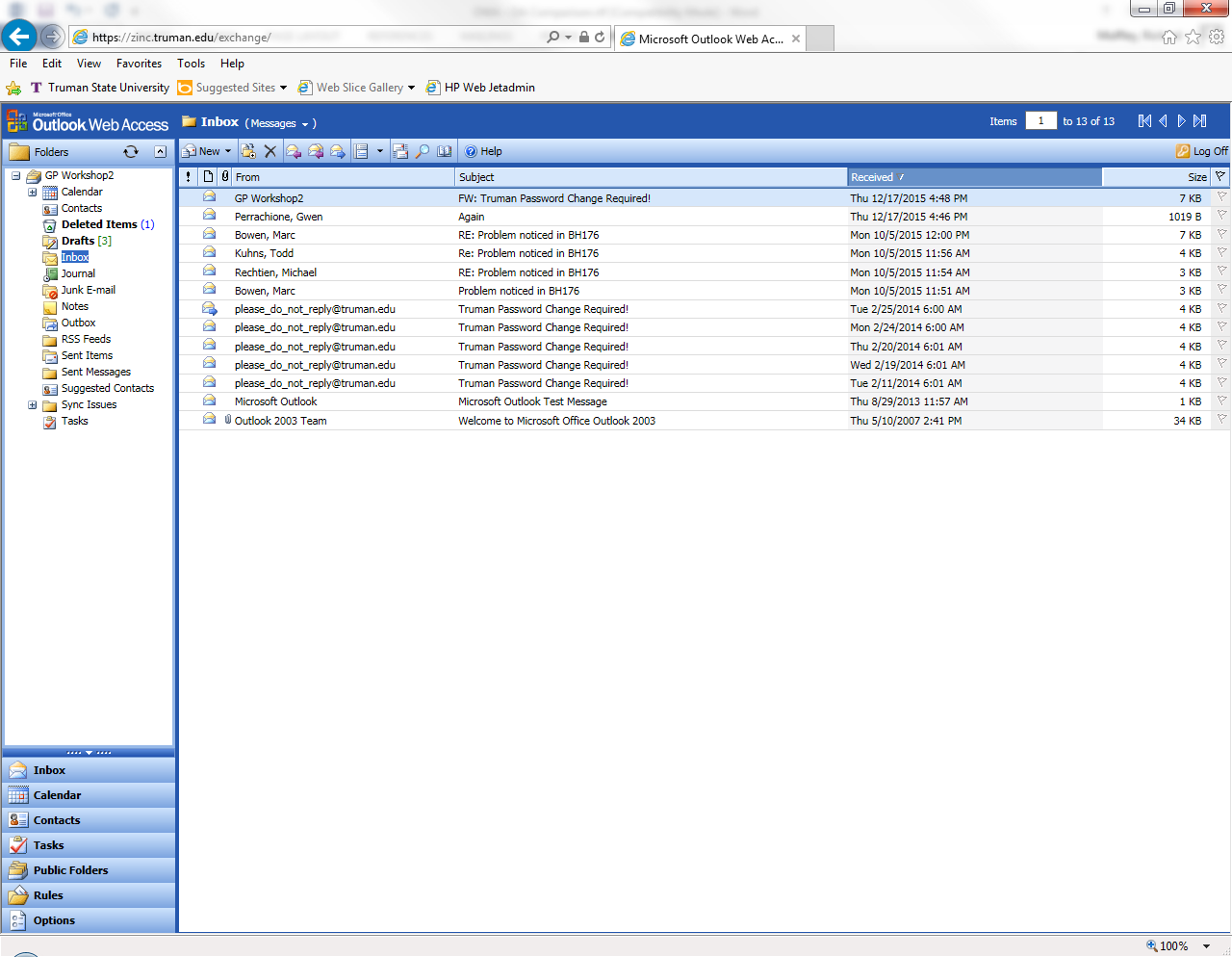

Without a good foundation on running mail servers and/or some help from experienced mail server operators you’re almost certain to screw up big time, which in most cases means ending up on some blacklists or having mail delivered very unreliably.Īs for the software question, I recommend the Postfix/Dovecot setup, enriched with some additional components to support graylisting, virus checking, spam filtering, DKIM, DMARC and SPF. the Postfix/Dovecot books by Peer Heinlein, who incidentally is the owner of the service, but the Postfix book only seems to be available in German). You should also run your own DNS in that case, as many modern features of secure mail services are tightly linked to DNS (e.g. If you want to run your own mail server (there are good reasons to do so, I’ve been running my own services for many years now) be prepared for a learning curve, as mail is not as simple and straightforward as it looks. or ), provide a very reasonable service and do *not* peek into your mail for advertisement targets and sell your data to their customers. There are services around that cost a very small amount of money (e.g. Un tribunal de Moscou devra juger le 2 mars prochain si Google viole le droit au secret de la correspondance en scannant automatiquement le contenu des messages reçus et envoyés pour. If possible, avoid Google at all cost, and particularly for E-Mail. Google is to privacy what a shark pool is to a carp. For a more detailed listing of all builds as they are released see the SurgeWeb change history 3. I fully agree with most of the former, except for the Google part. SurgeMail change history Core surgemail change history.


 0 kommentar(er)
0 kommentar(er)
